The rice market has returned after Tet without much fluctuation compared to before Tet, the trading market is quiet. The export price of Vietnamese rice has dropped to nearly 400 USD/ton, the lowest level in 29 months.
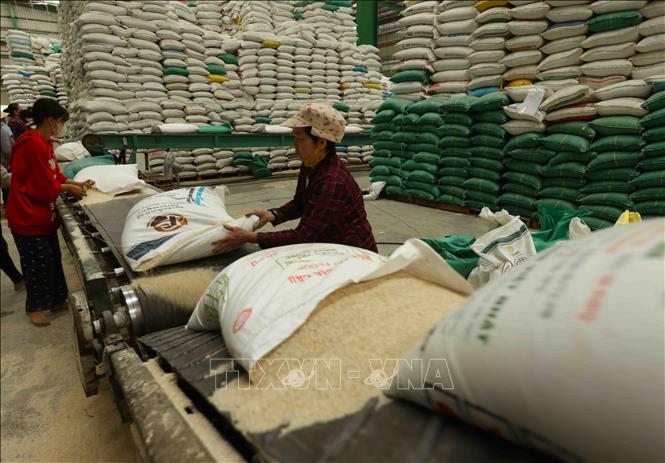
According to the update of the Department of Agriculture and Rural Development of An Giang, the price of some types of rice purchased by traders such as: IR 50404 from 5,400 - 5,500 VND/kg; OM 5451 from 5,800 - 6,000 VND/kg, Dai Thom 8 (fresh) and OM 18 (fresh) fluctuate from 6,600 - 6,800 VND/kg...
Regarding rice products in the retail market in An Giang , regular rice costs from 16,000 - 17,000 VND/kg; long-grain fragrant rice from 20,000 - 22,000 VND/kg; Jasmine rice from 18,000 - 20,000 VND/kg; common white rice 17,000 VND/kg, Nang Hoa rice 21,500 VND/kg; Huong Lai rice 22,000 VND/kg; Taiwanese fragrant rice 21,000 VND/kg; Soc rice usually fluctuates at 18,000 VND/kg; Soc Thai rice costs 21,000 VND/kg; Japanese rice costs 22,000 VND/kg...
Raw rice IR 504 is at 7,700 - 7,800 VND/kg; finished rice IR 504 is from 9,500 - 9,700 VND/kg; raw rice OM 380 is from 7,300 - 7,400 VND/kg, finished rice OM 380 fluctuates at 8,800 - 9,000 VND/kg.
For by-products, the price of by-products of all kinds fluctuates between 5,200 - 7,300 VND/kg. The price of fragrant rice bran is at 7,100 - 7,300 VND/kg; the price of dry bran is at 5,200 - 5,300 VND/kg.
On the export side, Vietnam's 5% broken rice price was offered at $404/ton, the lowest in 29 months (since early September 2022), compared to $417/ton two weeks ago.
The market was closed last week due to the Lunar New Year holiday, according to the Vietnam Food Association (VFA). A trader based in Ho Chi Minh City said trading activity remained weak after the holiday.
Indian rice export prices fell to their lowest in more than 19 months last week due to rising supplies and a falling rupee.
India’s 5% broken parboiled rice was quoted at $418-$428 a tonne, down from $429-$435 last week. India’s 5% broken white rice was quoted at $395-$405 a tonne this week.
Himanshu Agarwal, managing director of rice exporter Satyam Balajee, said buyers were interested in buying but were concerned about the sharp fall in prices and were waiting for prices to stabilize near the bottom. As of early January, India’s rice inventories were at a record high of 60.9 million tonnes, eight times the government’s target.
Meanwhile, the rupee hit a fresh record low on February 6, helping boost profit margins for traders exporting overseas.
In Thailand, benchmark 5% broken rice prices fell to $415-$420 a tonne this week from $450-$455 last week. A Bangkok-based trader said the decline was due to lower domestic prices and a stronger baht.
Demand is subdued as buyers like Indonesia and the Philippines delay purchases. With the upcoming harvests in Vietnam and Thailand, buyers are delaying decisions to watch price trends.
Bangladesh is considering lifting the ban on aromatic rice exports to boost revenue and meet persistent requests from the business community to stimulate trade and increase export earnings, officials said.
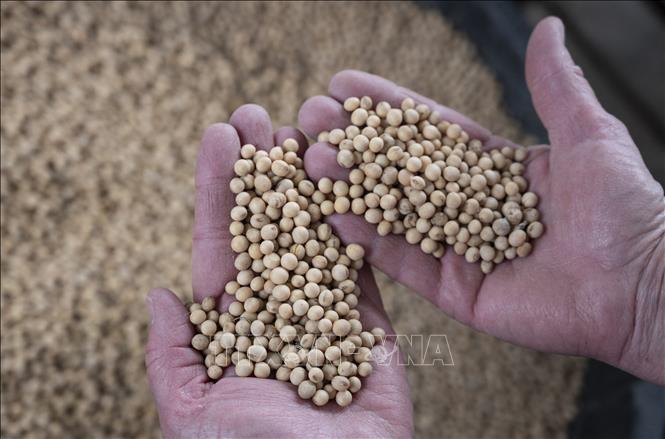
Regarding the US agricultural market, analysts said that corn, soybean and wheat futures on the Chicago Board of Trade (CBOT) fell on February 7 amid renewed concerns that trade disputes could negatively impact demand for US agricultural products.
US President Donald Trump said he will announce tariffs on several countries next week. Grain traders are concerned that the new duties could trigger retaliation and reduce sales of US agricultural products.
Any move like the one Trump has mentioned could trigger a reaction from other countries against the U.S., said Rich Nelson, a strategist at Allendale Commodities Brokerage. He also highlighted concerns about the psychological impact of tariffs.
Trump announced 25% tariffs on Canadian and Mexican goods on Feb. 1, but delayed them after negative investor reactions. The U.S. tariffs on China have received a measured response from Beijing, excluding agricultural tariffs, which has helped ease concerns among grain traders.
Closing the session on February 7, the price of corn for March delivery on the CBOT floor decreased by 7.75 cents to 4.87 USD/bushel, but still maintained near 4.985 USD/bushel, the 15-month peak reached on February 5.
March soybeans fell 11 cents to $10.49 a bushel after hitting a six-month high of $10.7975 on Feb. 5. March wheat ended the session down 5 cents at $5.8275 a bushel, down from a 3-1/2-month high of $5.925 a bushel.
Traders said there was a “risk-off” sentiment in the market ahead of the weekend and after recent gains.
More rain in Argentina has weighed on agricultural prices after hot, dry weather in January. The Rosario Grains Exchange said this week’s rains have helped the soybean crop in Argentina, the world’s largest exporter of soymeal and soy oil and the third-largest exporter of corn.
Traders also kept an eye on cold weather in Russia, the world's biggest wheat exporter, amid concerns about potential damage to the country's crop.
Regarding the coffee market, in Vietnam, on February 8, coffee prices in the Central Highlands region decreased by VND1,000/kg compared to yesterday, down to VND128,500 - 129,000/kg.
In particular, coffee prices in Dak Lak, Dak Nong and Gia Lai provinces are being purchased at 129,500 VND/kg. Meanwhile, in Lam Dong province, coffee prices today adjusted to 128,500 VND/kg.
In the world market, coffee prices fluctuated in opposite directions in the trading session on February 7.
On the London Stock Exchange, the online price of robusta coffee for March 2025 delivery closed at $5,561/ton, down 1.28% ($72/ton) from the previous trading session. The May 2025 contract also fell 1.45% ($82/ton) to $5,564/ton.
Robusta coffee prices fell for the second consecutive session due to pressure from sales from Vietnam after the Lunar New Year.
Meanwhile, on the New York Stock Exchange, the price of Arabica coffee for delivery in March 2025 continued to increase for the 12th consecutive session, with an increase of 0.1% compared to the previous trading session, reaching a new record of 404.35 cents/lb. However, the contract for delivery in May 2025 decreased by 0.1% (0.4 cents/lb), to 396.7 cents/lb (1lb = 0.45kg).
Arabica coffee futures for March 2025 rose 7% this week, after rising 8.7% last week. However, gains were limited in the final trading session of the week as the stronger US dollar put pressure on profit-taking in coffee futures.
Traders said the market was being weighed down by concerns about tight supplies from top producers Brazil and Vietnam, along with the risk that the Trump administration could impose trade tariffs on major coffee producers in South America.
Coffee prices have increased by more than 25% since the beginning of 2025, after increasing by 70% last year.
According to VNA
Source: https://doanhnghiepvn.vn/kinh-te/gia-gao-viet-nam-xuat-khau-giam-ve-sat-400-usd-tan/20250210093503698


![[Photo] President Luong Cuong presents the 40-year Party membership badge to Chief of the Office of the President Le Khanh Hai](https://vphoto.vietnam.vn/thumb/1200x675/vietnam/resource/IMAGE/2025/5/19/a22bc55dd7bf4a2ab7e3958d32282c15)

![[Photo] Panorama of the Opening Ceremony of the 43rd Nhan Dan Newspaper National Table Tennis Championship](https://vphoto.vietnam.vn/thumb/1200x675/vietnam/resource/IMAGE/2025/5/19/5e22950340b941309280448198bcf1d9)
![[Photo] Close-up of Tang Long Bridge, Thu Duc City after repairing rutting](https://vphoto.vietnam.vn/thumb/1200x675/vietnam/resource/IMAGE/2025/5/19/086736d9d11f43198f5bd8d78df9bd41)
![[Photo] General Secretary To Lam attends the conference to review 10 years of implementing Directive No. 05 of the Politburo and evaluate the results of implementing Regulation No. 09 of the Central Public Security Party Committee.](https://vphoto.vietnam.vn/thumb/1200x675/vietnam/resource/IMAGE/2025/5/19/2f44458c655a4403acd7929dbbfa5039)




























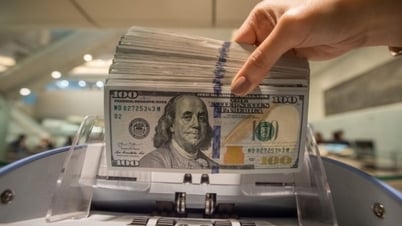
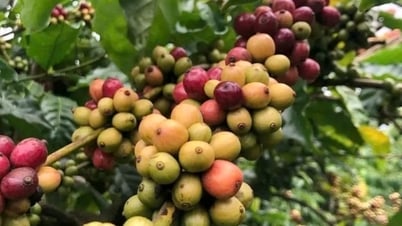
![[Photo] Prime Minister Pham Minh Chinh inspects the progress of the National Exhibition and Fair Center project](https://vphoto.vietnam.vn/thumb/1200x675/vietnam/resource/IMAGE/2025/5/19/35189ac8807140d897ad2b7d2583fbae)


















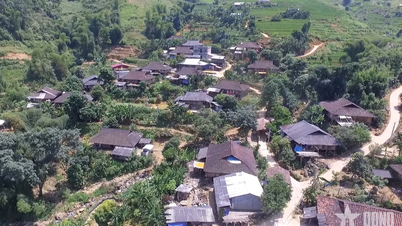

































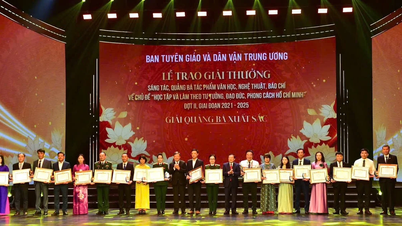



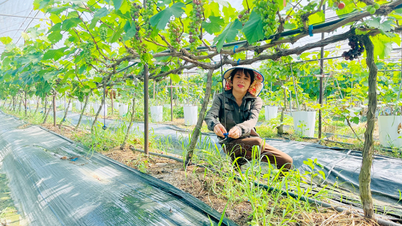



![[VIDEO] - Enhancing the value of Quang Nam OCOP products through trade connections](https://vphoto.vietnam.vn/thumb/402x226/vietnam/resource/IMAGE/2025/5/17/5be5b5fff1f14914986fad159097a677)



Comment (0)